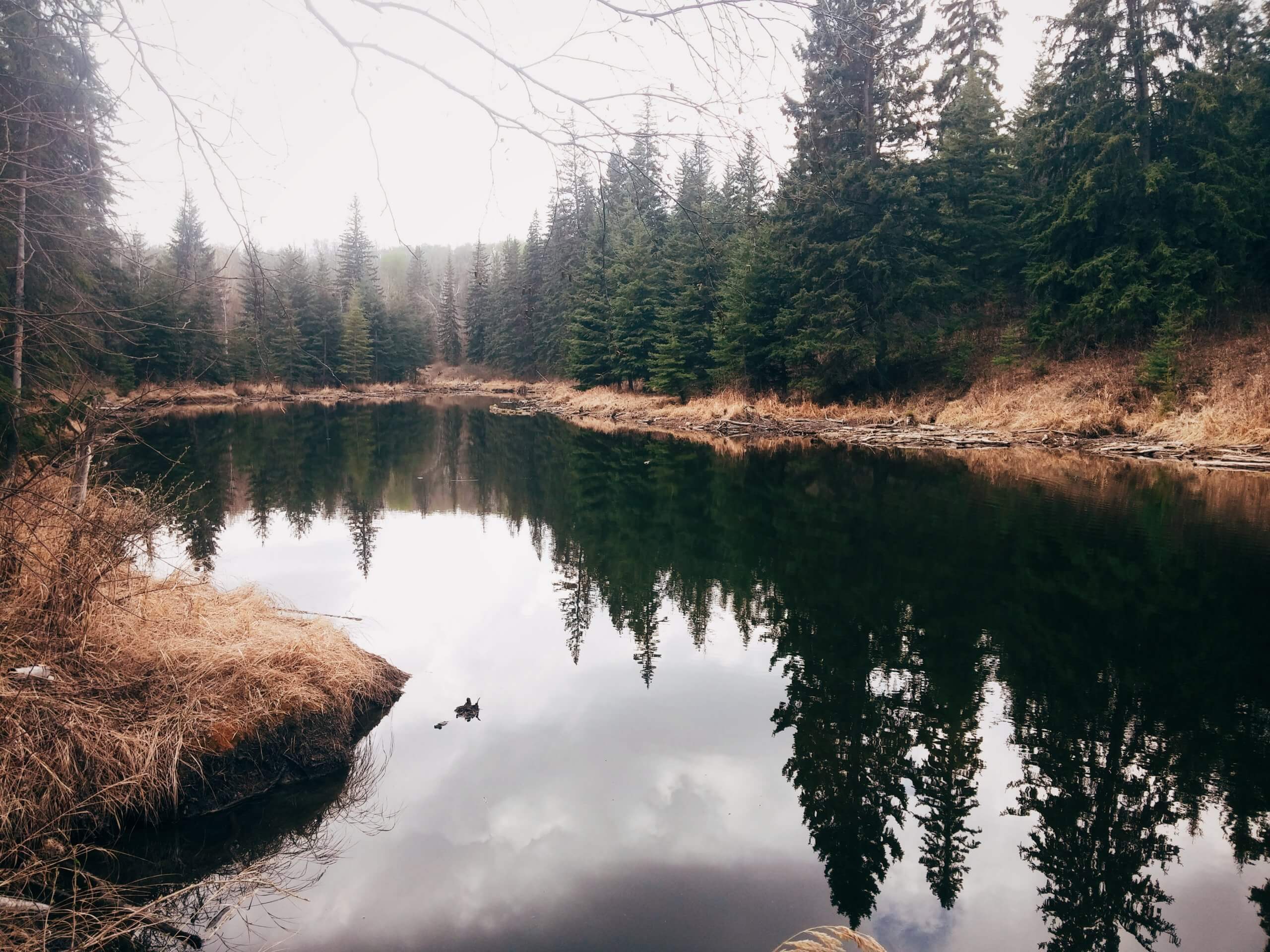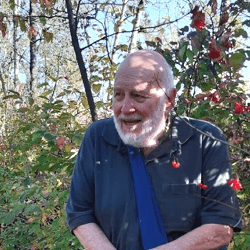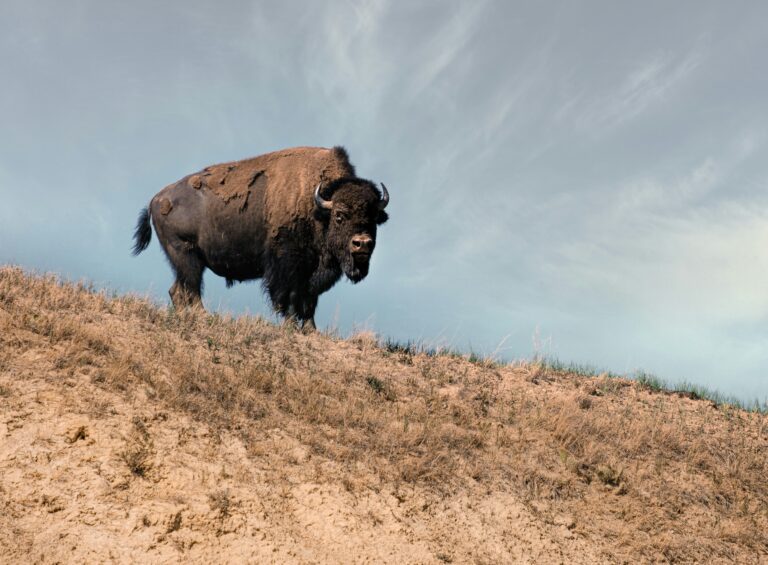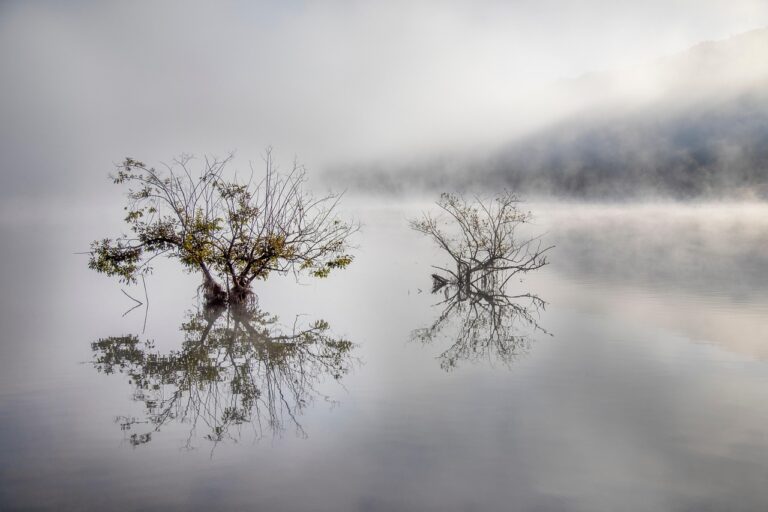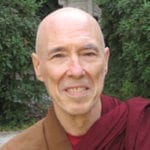Praise and Gratitude to all Teachers.
The taking of vows or precepts has been central to buddhism from its beginnings. The vinaya, the rules or vows of conduct, is part of the Tripitaka, the Buddhist canon. Lay practitioners, such as ourselves, may take upasaka (masc.) or upasika (fem.), householder vows. One may take all five vows and maintain them for a lifetime or take one or two for a specific period. Buddhist vows may be likened to pots. A hard brittle clay pot once broken is no longer usable or fixable. A malleable metal pot can be dropped and dented and the dents can be pounded out and the pot used again. Vows are much the same; they should not be rigid and hard and irreparable but adaptable to serve unique circumstances. The taking and practice of vows is a core buddhist practice. One must be always mindful of the vows you’ve taken and develop the awareness that is necessary for their proper application.
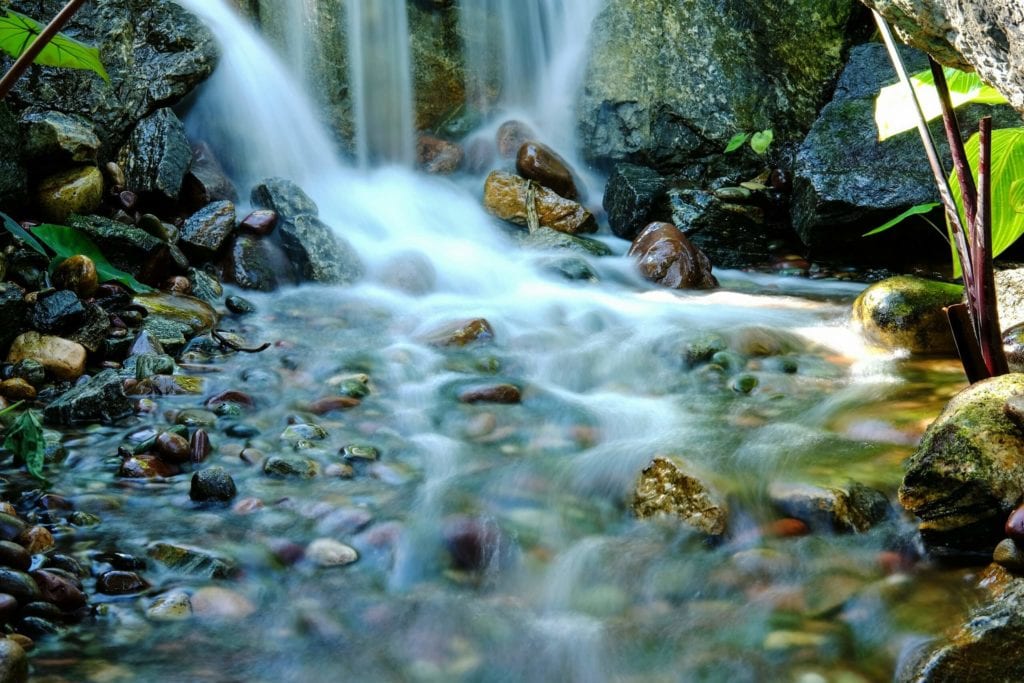
© Ezra Jeffrey-Comeau from Unsplash
Since the Touch the Earth Forum began in 2010, we have considered various practices that resonate with eco-buddhism and our multi-sectarian approach. My teacher, Thrangu Rinpoche, advised the practice of the Chenrezig sadhana as a way of generating compassionate care towards all sentient beings and the Earth. Other practices were considered but nothing seemed quite appropriate until we adopted the Ecosattva Vows and Dedication of Merit first suggested by Joanna Macy and One Earth Sangha. Awkward at first, I believe they have come to mean something special to each of us and collectively. The Ecosattva Vows are loaded with meaning that will differ for each of us. I have provided my thoughts, filtered through my experiences, following each line of Vow.
Ecosattva Vows
Based on my love of the world and understanding of deep interdependence of all things, I vow…
The love that motivates and is expressed by an ecosattva is not based on desire or possession, it is not dualistic; instead it grows out of compassionate care and a deep appreciation of the shared experience of non-self and emptiness. Indra’s net, festooned with an infinite number of faceted jewels, provides a wonderful metaphor for our mutual interconnectedness. Each facet reflects all others. Inter-being, as taught by Thích Nhất Hạnh, links us with all things, all sentient beings, the air, the water, the Earth and the cosmos. This is ecological thinking and the more we understand this the more capable we are as ecosattvas.
1. To live in Earth more lightly and less violently in the food, products and energy I consume.
In Earth better reflects our true relationship with the Earth, our inter-being; on Earth establishes a duality that separates us from the Earth. I probably prefer of the Earth, following ecologist Stan Rowe, which identifies our evolutionary origins and the home that nurtured us. There are now nearly 8 billion people living in Earth; when I graduated from high school there were 2.8 billion. Globalization has exported capitalism, marketing has instilled lack, desire and greed, and we have embraced a consumer culture that prioritizes growth as a prime cultural value. Our energy comes from carbon sequestered millions of years ago and we consume the resources of 1.5 Earths. We mine, process, discard and pollute in a manner that can only be described as violent, wanton and rapacious. Our present course is unsustainable and will come to an end. The question for us is how lightly and less violently can we live, individually and collectively, but we must also address how can we reduce population growth; the elephant in the room, a topic rarely discussed. Our numbers are unsustainable. Buddhism, unlike the Abrahamic religions (Islam, Christianity and Judaism), does not advocate having large families. There is no commandment to “go forth and multiply.” Indeed, the monastic traditions require a vow of chastity of nuns and monks, while the Buddha himself abandoned his wife and son when he went on his quest for awakening, a point often raised concerning his own value system.
2. To commit myself daily to the healing of the world and the welfare of all beings; to discern and replace human systems of oppression and harm.
The ecosattva does not work intensively for a week or two and then take a holiday. Ecosattva activity, small or large, is a continuous effort on the path. Healing is an interesting word that has gained wide usage and application. The mind, body, individual, society, Earth, air, waters and all sentient beings need healing. Acquiring skillful means (upaya) to aid the healing is a necessary part of ecosattva activity. Whether one works to heal individual minds or whole systems such as the soil ecosystem, it is one’s intention that is important. With the right intention every skill and experience becomes important. Welfare, however, can be tricky because while it is easy to advocate, one may end up providing “idiot’s compassion.” The ecosattva must understand emptiness and selflessness and fully realize the implications of working towards the welfare of others when there are no others separate from ourselves and no medals for “citizen of the year” to be won.
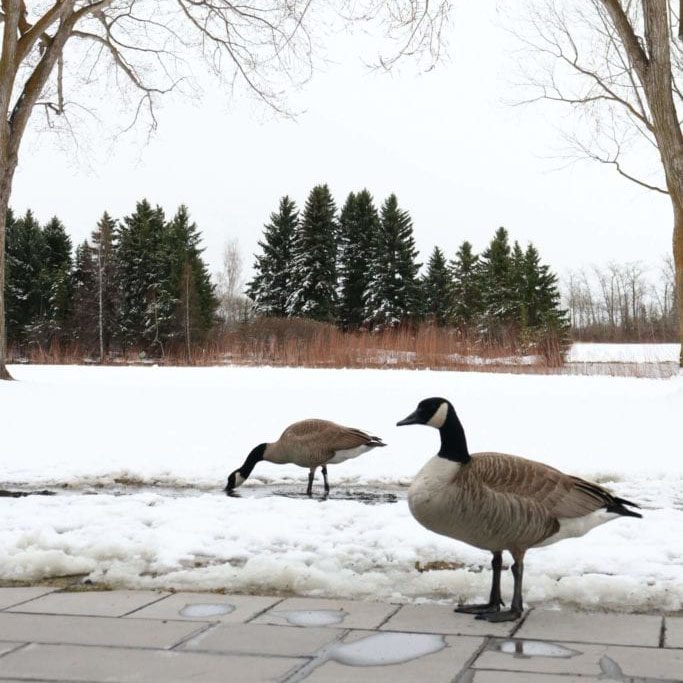
© Shakhnoz Yusupalieva from Unsplash
Humans are not always kind and respectful of one another and in my life time we have seen the Holocaust, the Killing Fields, genocides, parents killing their children, the Red Guard, Jim Crow laws, indigenous residential schools, state control and paternalism, cessation of rights, apartheid, abuse of all sorts, distortion of facts and truths, authoritarian behaviour, missing women and girls, and on and on. These are human creations that must be identified, called out and contested. Increasingly we are recognizing the interrelationships between the way we treat the Earth and the ways we treat one another. Do they tell us something of larger issues at play? How do we move forward individually and collectively to facilitate healing?
Yale historian Timothy Snyder has written about the rise of oppressive and harmful regimes. His work is important in enabling us to discern, oppose and replace tyrannical regimes.1Timothy Snyder, 2017, On Tyranny: Twenty Lessons from the Twentieth Century, Tim Duggan. and 2018, The Road to Unfreedom, Tim Duggan.
Baseball metaphors are common, like “you have to be there in September.” The usual MLB season is long, 162 games, but the games that really count begin with the autumn playoffs for the World Season. Peaking too soon or burning out may lead to a disaster. I envision the work of the ecosattva in a similar way. You do not want to burn out and fail to respond when your energy and skills are most needed. You have to be able to play the whole season and that means learning to pace yourself. Buddhist teachers recommend not to overreach as one may become dispirited with results that are not what one hoped for. The Dalai Lama recommends taking on only what you can handle and achieve. Ecosattva activity is for the long term, one day at a time.
Thrangu Rinpoche suggested he might have been a business man if he had not been recognized as the 9th Thrangu tulku. He teaches about our capital; that one should not dip into one’s investment capital, one should use only the earnings that accrue from our investments. Without our capital there can be no money to support charities or make donations. As an ecosattva one should not spend one’s emotional capital and burn out. In fact, some teachers suggest a vow promising not to burn out be included in the formal bodhisattva vows.
3. To invite personal discomfort as an opportunity to share in the challenge of our collective liberation.
Zen Master Bernie Glassman would regularly take his students onto the streets of New York City for days or weeks at a time. They’d endure exactly what the city’s street people experienced. How else to better understand and serve their needs than to be with the homeless, sleeping in parks and getting breakfast from a soup kitchen or a dumpster.
Perhaps many of us are armchair ecosattvas. Vicarious experience and good thoughts may have become an acceptable level of activity. That’s what makes this Vow troublesome; it asks us to go beyond our comfort zone, which might be financial, emotional, physical, intellectual, social, political and more, and that will be challenging. Is a choice between driving the Bentley or the Porsche really discomfort? What about doing without my latte and having to rely on powdered coffee? Gross! What about sleeping in a wet tent, pitched in the mud, during a pipeline blockade? What about experiencing the suffering found in a Syrian refugee camp in Jordan; could I ever live like that?
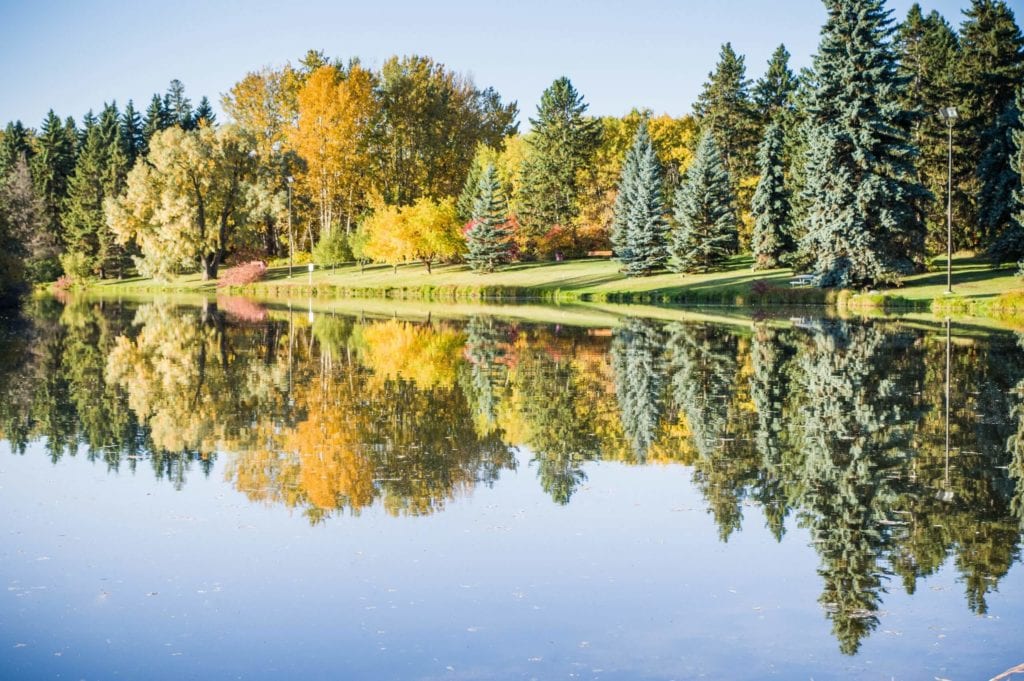
© Lyle Richards from Unsplash
Personal discomfort is a very individualized thing that goes to the heart of who we think we are. American black civil rights activist Eldridge Cleaver noted that we are changed when we throw our first brick, or now, when we may share a tent with cold hungry refugees, or chain ourselves in the pitching rain to a logging truck. This Vow takes us into many ethical and legal issues of civil disobedience which seems to be quite contrary to the blissed-out feel-good mentality often associated with buddhism and meditation. How far do we go in the challenge of collective liberation? Do the ends justify the means? What about right intent and right action? What about white privilege? How do I deal with a sense of shame and guilt? How can I see my discomfort, of any sort, as an opportunity? Zen teacher David Loy makes the critical point that participating in socially and environmentally engaged buddhism is a buddhist practice, as much so as meditation, chanting, or sutra reading.2David Loy, 2018, Ecodharma: Buddhist Teachings for the Ecological Crisis, Wisdom.
I’d like to know more about the thoughts of Henry David Thoreau, Mahatma Gandhi or Martin Luther King. These are the giants of civil disobedience.
4. To draw strength and guidance from the living Earth, from our ancestors and the future generations, and from our brothers and sisters of all species.
A first response might be to draw on the teachings of Indigenous people, from the elders. But I know better, as the relationship between Indigenous peoples and their environment varies significantly from culture to culture and is not to be stereotyped. Each culture has a unique, elegant and elaborate relationship with the world of animate and inanimate things and places that makes up their metaphysics and cosmology and is uniquely linked to their language. So while we can respect the teachings of others, I believe that we each must establish our own sacred landscape and draw from it strength and guidance. And I will always fall back on the responsibility we have to learn about the plants and animals and history of a place in order to develop a sense of its sacredness that we can then draw upon. I don’t believe one can borrow another culture’s sacred landscape. Time depth and the future make a temporal axis in a mandala that might allow us to bear responsibility to the Seventh Generation. All sentient beings, animate and inanimate, our brothers and sisters, can become sacred components of the mandala and the more we know about them the more we can learn from them.
For two summers I worked as a zoological field assistant. One of my favourite activities was to sit motionless on a stump or log, face one direction for fifteen minutes, turn ninety degrees and repeat until I observed the whole forest around me. What an absolute joy simple observation, quiet and contemplative, yet engaged and alert, can be. I took in everything from the snails crawling beneath the oak leaves to the slow porcupine feeding on the pine bark. Some days, mushroom caps appeared and the next day they had been grazed to the ground by forest rodents, deer and squirrels. All things before me were ever changing, impermanent and interconnected; the reality whether you are a buddhist or a scientist. It’s the same reality. These things I know to be true. Robin Wall Kimmerer, David George Haskell and Aldo Leopold understand this better than anyone I’ve read.3Robin Wall Kimmerer, 2013, Braiding Sweetgrass: Indigenous Wisdom, Scientific Knowledge, and the Teachings of Plants, Milkweed Editions.
David George Haskell, 2012, The Forest Unseen: A Year’s Watch in Nature, Penguin.
Aldo Leopold, 1949, A Sand County Almanac, Oxford.
Dudley Patterson, a Cibeque Apache, revealed the following to anthropologist Keith Basso4Keith Basso, 1996, Wisdom Sits in Places: Landscape and Language Among the Western Apache, U of New Mexico Press, is a classic on wisdom and place., “Wisdom sits in places. It’s like water that never dries up. You need to drink water to stay alive, don’t you? Well, you need to drink from places. You need to remember everything about them. You must learn their names. You must remember what happened at them long ago. You must think about it and keep thinking about it. Then your mind will become smoother and smoother. Then you will see danger before it happens. You will walk a long way and live a long time. You will be wise. People will respect you.” 5Peter Nabakov, 2006, Where the Lightning Strikes: The Lives of American Indian Sacred Places, Viking., p.110.
I love the expression, “If this is your land, how come you have no stories?”6J. Edward Chamberlin, 2003, If This is Your Land, Where Are Your Stories? Finding Common Ground, Knopf. To draw strength and guidance from the living Earth we must have our own stories.
5. To help others in their work for the world and to ask for help when I feel the need.
The often repeated advice of the Dalai Lama is central to this Vow. When feeling the suffering of samsara, when depressed, anxious or full of doubt, he advises us to do something for someone else, something to benefit the lives of others. This is the core of the bodhisattva vow, to help all sentient beings. Your work is to make sure that others achieve their goals of working for the world. It isn’t about you, it’s about them. Find a way, mentor, volunteer, join, participate, freely give your expertise, muscle, time, money, skills, experience, friendship and love. It’s a win-win-win situation; the work for the world is accomplished, those you help win and so do you.
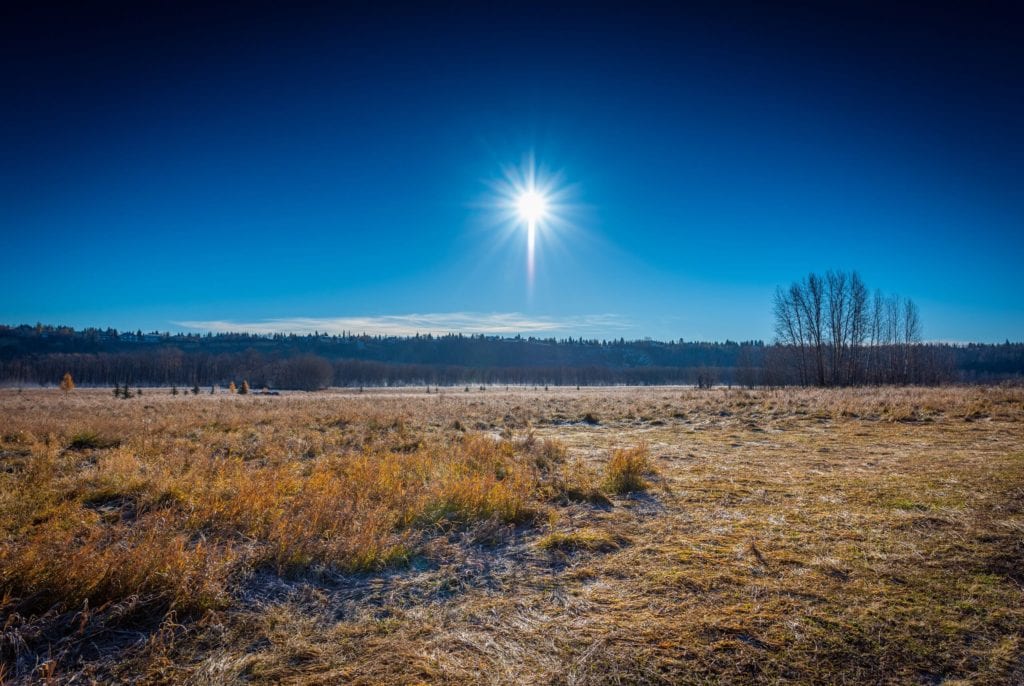
© Earlyrain Studio from Unsplash
Now comes the hard part, at least for some of us—asking for help when I feel the need. Many of us have been raised to be in control, to be resourceful, competent, independent, and willing to pitch-in and help. I believe it is an ethic that was reinforced during the Depression of the 1930’s. To do otherwise is to let your family, friends and community down. Admitting to limitations is not good, to ask for help is a sign of weakness and lack of spirit and competency. All this can be made all the more complex as one ages and can no longer accomplish what was possible earlier in life.
Asking for help can become a major hurdle in life. The spiritual figure Ram Dass has written about this following his debilitating stroke. 7Ram Dass, 2000, Still Here: Embracing Aging, Changing, and Dying, Riverhead. As he relates, he went from being a much sought-after guru to being an invalid who required someone to feed him and wipe his ass. Modern western culture places great value on competency and youth. To be otherwise is to be a bit of a joke, an old fogy, pitied or ignored. I agree with David Suzuki that our culture has much to learn from First Nations who respect and promote the role of the elder and the wisdom that comes from a life fully experienced.
Acceptance of one’s limitations and life situation is key to being able to ask for help. This process begins with self-acceptance and developing compassion for one’s self. It may take courage to ask for help. This could be physical help, psychological or social support or help with burn-out or eco-trauma. Acceptance allows one to take stock of one’s life, skills and experiences. While one may feel the need for help in some areas of life, there likely are new areas to discover where one can be a valued contributor. Think of the roles grandparents play around the world in helping their families, neighbours and communities.
6. To pursue a daily spiritual practice that clarifies my mind, strengthens my heart and supports me in observing these vows.
How many spiritual practices are there? As buddhists we can advocate our own tradition that engages body, speech and mind. A meditation practice can certainly help to clarify the mind. Generating bodhicitta, an awakened mind, through compassionate care and emptiness, strengthens the heart/mind. Taking refuge in the Buddha, dharma and sangha offers the supports one requires to maintain the Ecosattva Vows. Since there may be other spiritual practices that work as well, the point of this Vow may not be what one practices but that it becomes a daily practice. Only in this way will the practice become transformative and supportive. Let me return to something mentioned earlier, David Loy’s point, that engaged buddhism and ecosattva activity are spiritual practices. This is an important point; we don’t want to live in two worlds, the spiritual and the mundane. Through practice we come to see them as the same; only then will we find the magic in the everyday world around us. That magic supports our activities described in our Ecosattva Vows. Reciting these Vows daily, taking them to heart and letting them shape your intention and guide your activity, can become a powerful spiritual practice.
References
- 1Timothy Snyder, 2017, On Tyranny: Twenty Lessons from the Twentieth Century, Tim Duggan. and 2018, The Road to Unfreedom, Tim Duggan.
- 2David Loy, 2018, Ecodharma: Buddhist Teachings for the Ecological Crisis, Wisdom.
- 3Robin Wall Kimmerer, 2013, Braiding Sweetgrass: Indigenous Wisdom, Scientific Knowledge, and the Teachings of Plants, Milkweed Editions.
David George Haskell, 2012, The Forest Unseen: A Year’s Watch in Nature, Penguin.
Aldo Leopold, 1949, A Sand County Almanac, Oxford. - 4Keith Basso, 1996, Wisdom Sits in Places: Landscape and Language Among the Western Apache, U of New Mexico Press, is a classic on wisdom and place.
- 5Peter Nabakov, 2006, Where the Lightning Strikes: The Lives of American Indian Sacred Places, Viking., p.110.
- 6J. Edward Chamberlin, 2003, If This is Your Land, Where Are Your Stories? Finding Common Ground, Knopf.
- 7Ram Dass, 2000, Still Here: Embracing Aging, Changing, and Dying, Riverhead.

